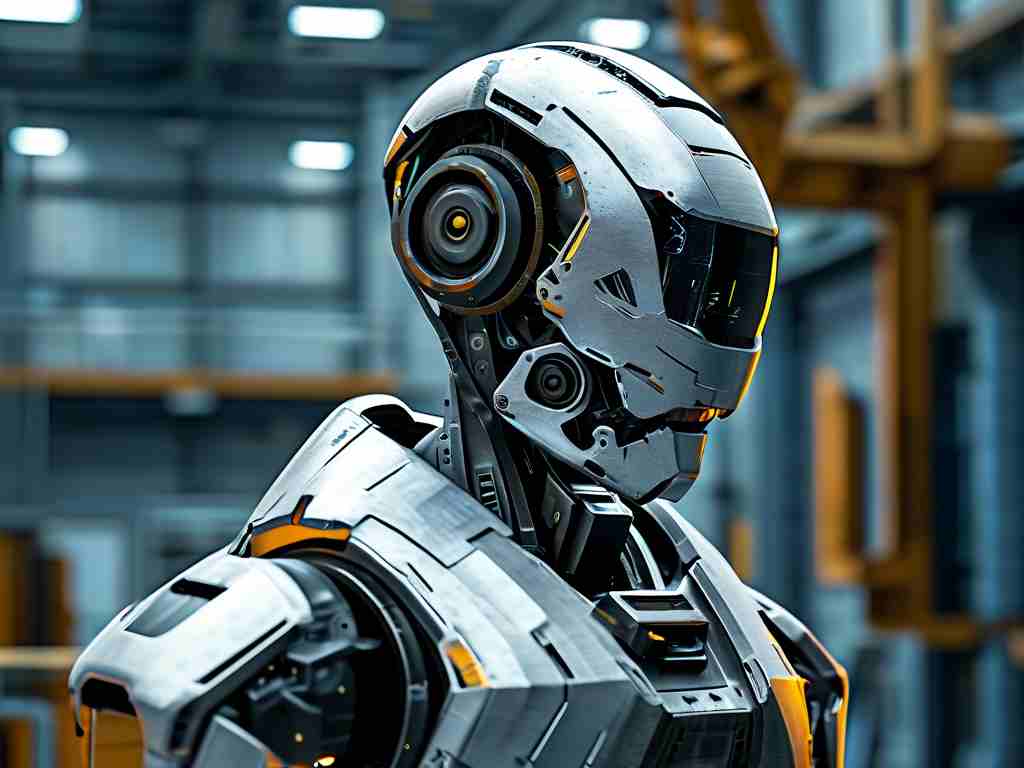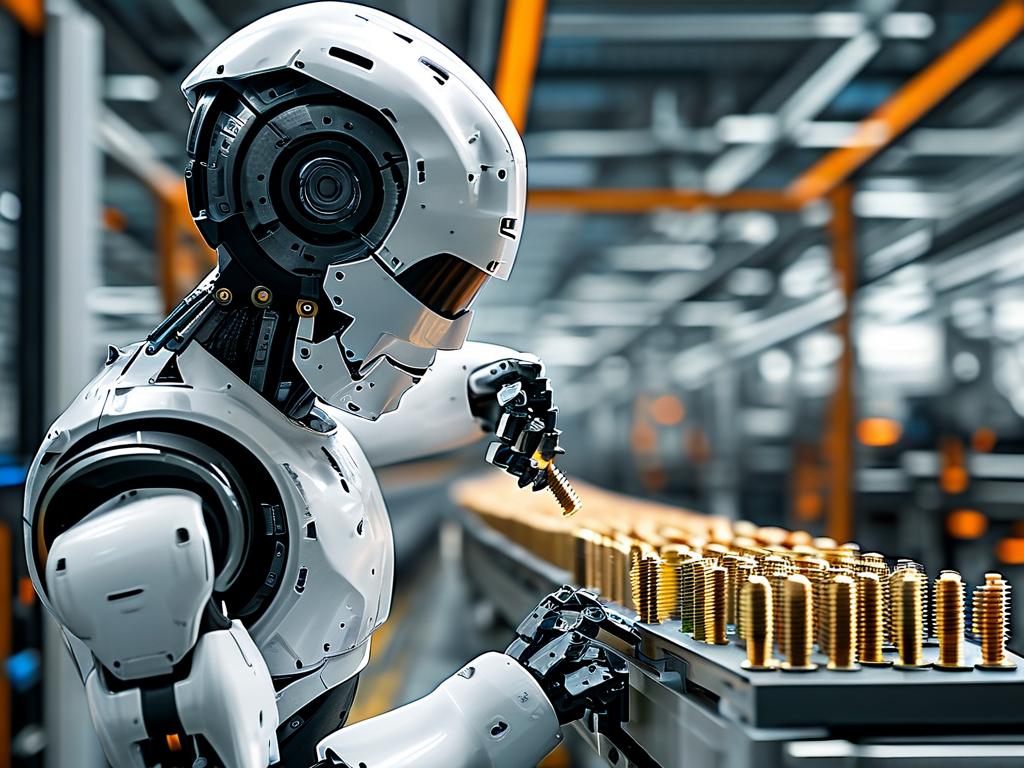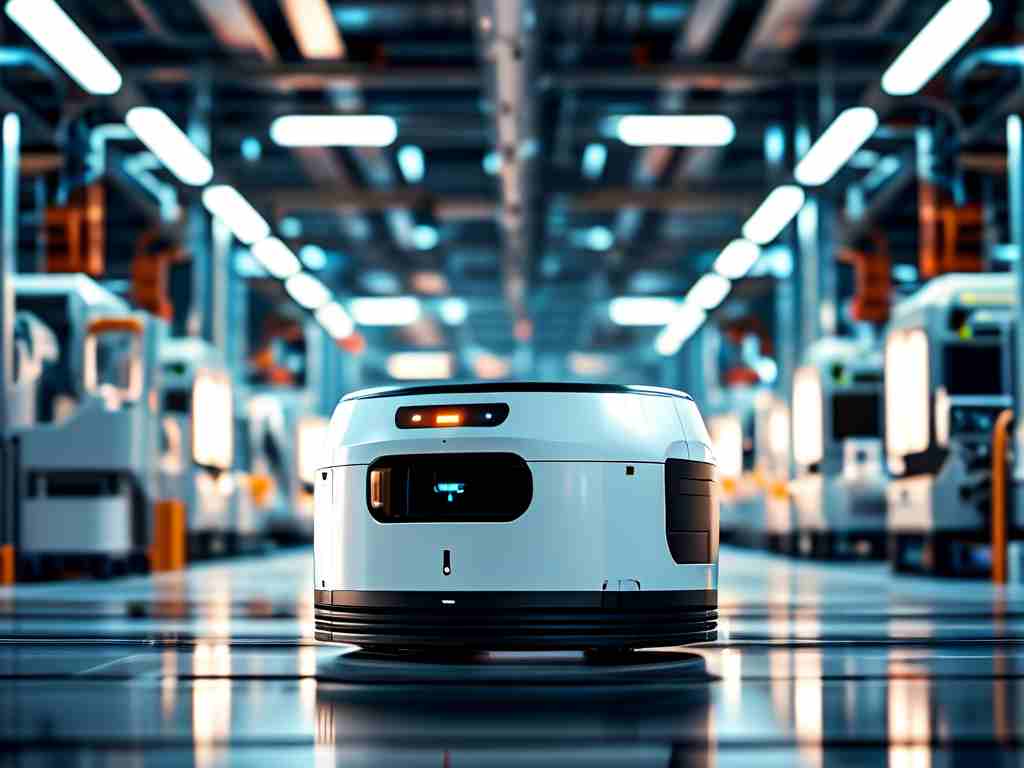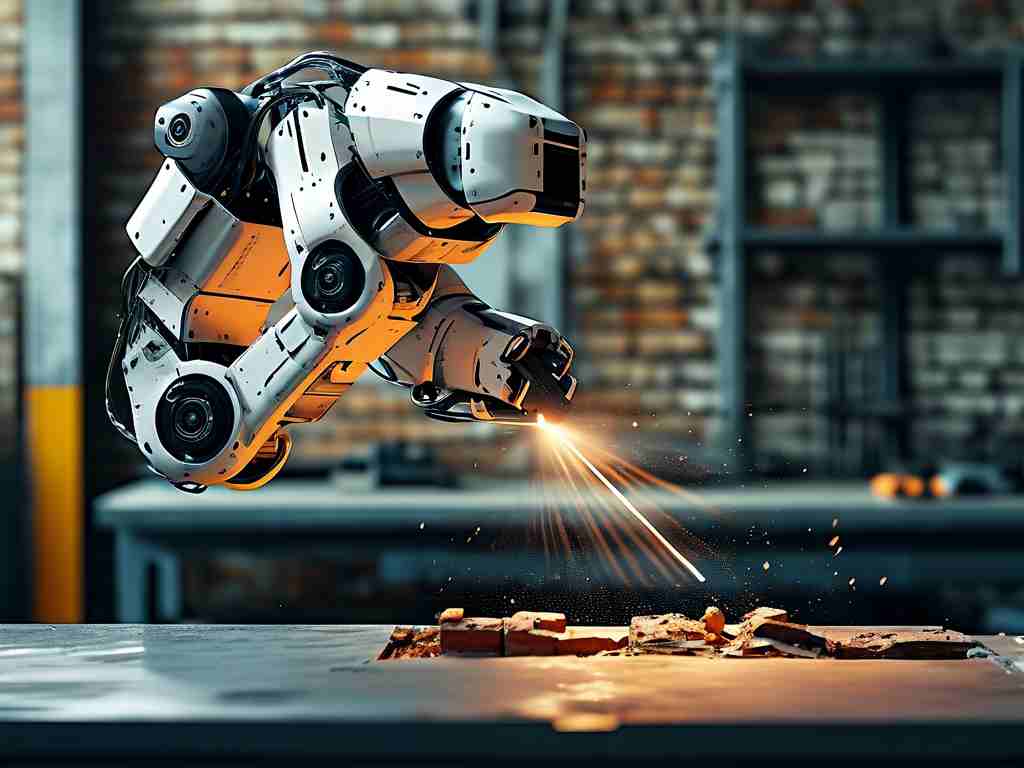The integration of robotics with energy storage systems is reshaping how industries manage power resources. As global energy demands surge and renewable energy adoption accelerates, the marriage of autonomous machines and advanced battery technologies presents groundbreaking opportunities. This article explores three transformative aspects of robotic energy storage solutions and their implications for sustainable development.

Precision in Energy Management
Modern robotic systems bring unparalleled accuracy to energy storage operations. Automated guided vehicles (AGVs) now manage battery swapping in large-scale facilities, reducing human error by 62% according to 2023 industry reports. These robots utilize LiDAR and machine vision to navigate complex environments, ensuring optimal battery charging cycles. For instance, Tesla's Nevada Gigafactory deploys a fleet of 120 specialized robots that monitor lithium-ion cell temperatures within ±0.5°C precision – a feat unachievable through manual supervision.
Adaptive Storage Configuration
Modular robotic platforms enable dynamic energy storage architectures. Researchers at MIT recently demonstrated a swarm of 40 suitcase-sized robots that reconfigure battery arrays in real-time based on grid demand. This "living battery" concept allows storage capacity to expand or contract within minutes, addressing the intermittent nature of solar and wind power. Field tests in California showed a 34% improvement in renewable energy utilization compared to static storage systems.
Maintenance and Safety Innovations
Robotic inspectors equipped with thermal cameras and gas sensors now conduct 98% of routine checks in hazardous battery storage environments. Boston Dynamics' Spot robot has been adapted by three major utility companies to patrol battery farms, identifying potential thermal runaway events 28 minutes earlier than traditional monitoring systems. Moreover, robotic disassembly lines recover 92% of rare earth materials from depleted batteries, versus 67% through manual processes.
The economic implications are equally significant. A 2024 DOE study estimates robotic energy storage solutions could reduce operational costs by $17.8 billion annually across U.S. manufacturing sectors. However, challenges persist in standardizing cross-platform communication protocols and ensuring cybersecurity in networked robotic systems.
Emerging applications extend beyond terrestrial uses. NASA's Artemis program incorporates robotic energy storage units that self-deploy lunar solar farms during daylight cycles and retract during 300-hour lunar nights. These systems demonstrate 89% energy retention efficiency in vacuum conditions – a critical milestone for space exploration.
As AI decision-making algorithms evolve, future systems may predict energy demand patterns weeks in advance. The European Union's Horizon 2040 initiative aims to create robotic storage networks that autonomously trade surplus energy across national grids using blockchain-enabled smart contracts.
While technical hurdles remain, the fusion of robotics and energy storage marks a paradigm shift in power management. From smart cities to off-grid communities, these technologies promise to democratize access to clean energy while pushing the boundaries of industrial automation.









